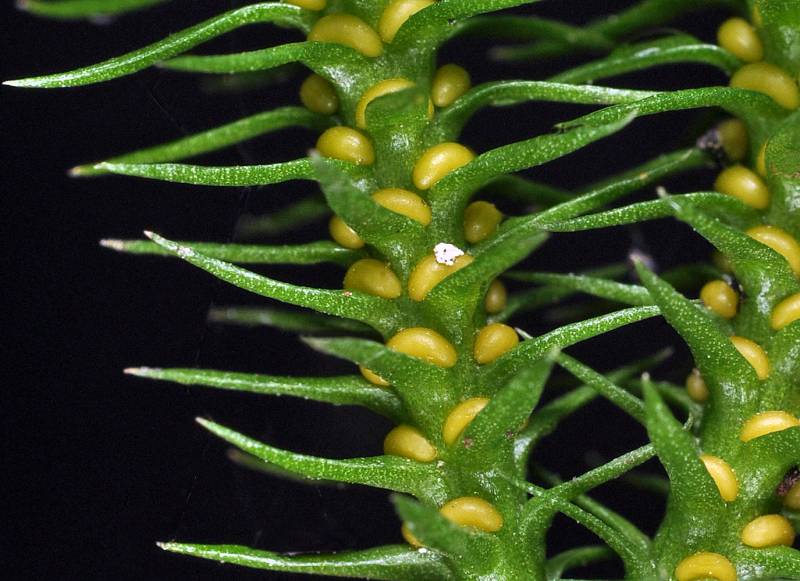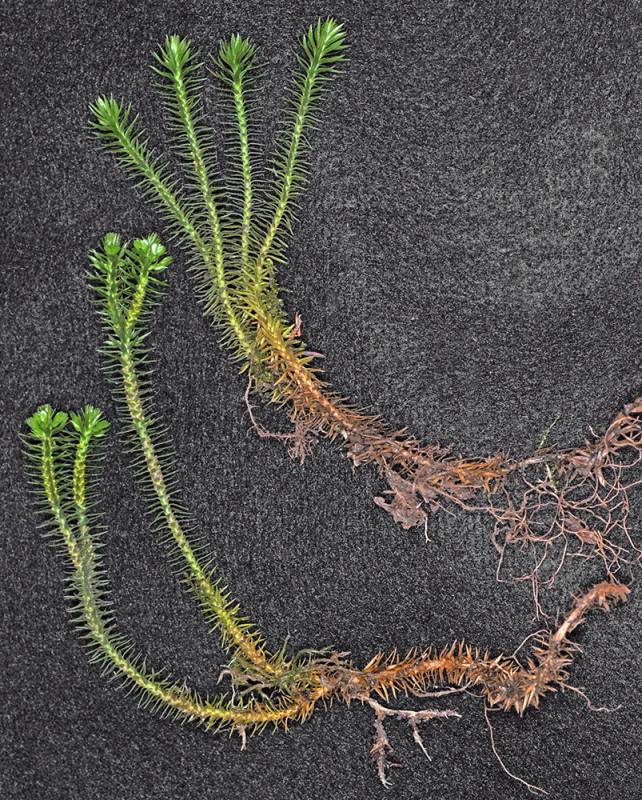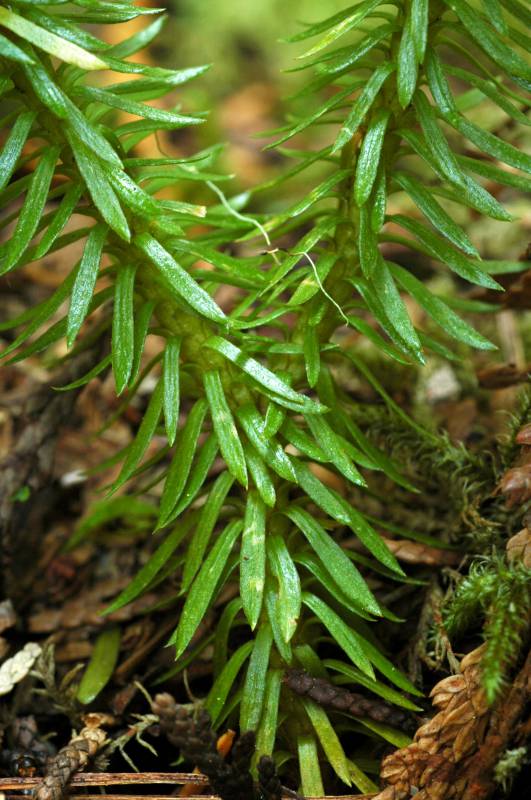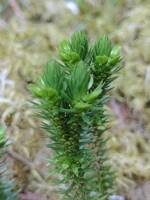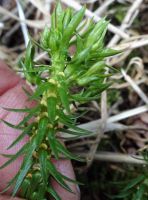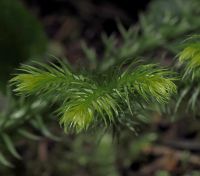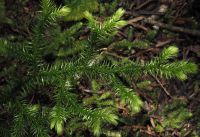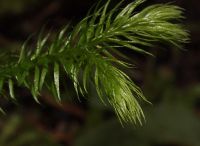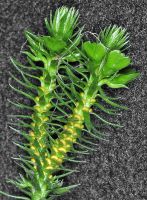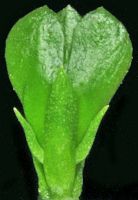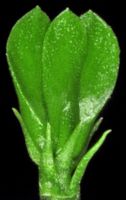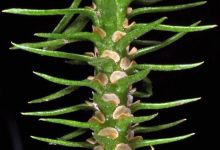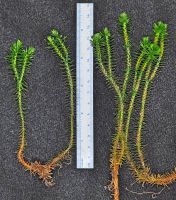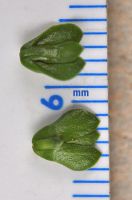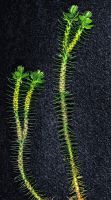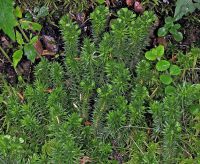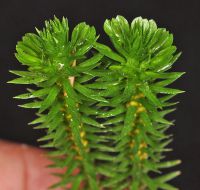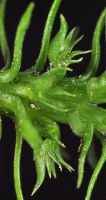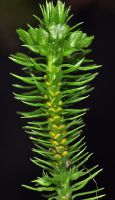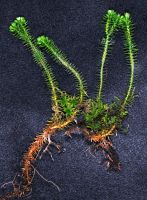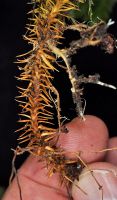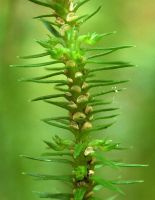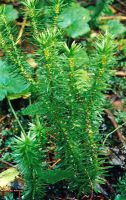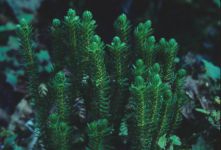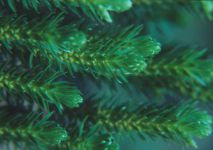Distribution: Occurring west of the Cascades crest in Washington; coastal ranges from southeastern Alaska and southwestern Yukon to northern Oregon; also in southeastern British Columbia, northern Idaho, and northwest Montana. Not found outside North America.
Habitat: In shaded conifer forest, usually where moist such as along streams and in depressions; rooted on decaying logs, duff, or soil. Low to mid elevations.
Origin: Native
Growth Duration: Perennial
Conservation Status: Not of concern
Large moss-like plants; stems erect from short-creeping bases, sparsely branched, 4-20 cm tall, leafy throughout; dark green.
Dark green, 6-10 mm long, mostly oblanceolate (widest above middle), minutely few-toothed, arranged in tight spirals around stem, widely spreading, giving the stem a prickly look.
Spores contained in sporangia, which resemble small tan kidney-shaped pouches distributed along much of stem, one sporangium per leaf axil. Also with gemmae (small flattened vegetative propagules) in 1 pseudowhorl near tip of stem.
The oblanceolate leaves that are clearly widest above the middle distinguish H. occidentalis from our other 2 Huperzia species, both of which have lanceolate leaves that are widest at the base. Also note the habitat in humid shaded conifer forest.
Publication: Phytologia. 70: 201. 1991.
Lycopodium selago L., misapplied [HC]
Lycopodium selago L. var. patens (P. Beauv.) Desv., misapplied
PNW Herbaria: Specimen records of Huperzia occidentalis in the Consortium of Pacific Northwest Herbaria database
WA Flora Checklist: Huperzia occidentalis checklist entry
OregonFlora: Huperzia occidentalis information
E-Flora BC: Huperzia occidentalis atlas page
CalPhotos: Huperzia occidentalis photos

